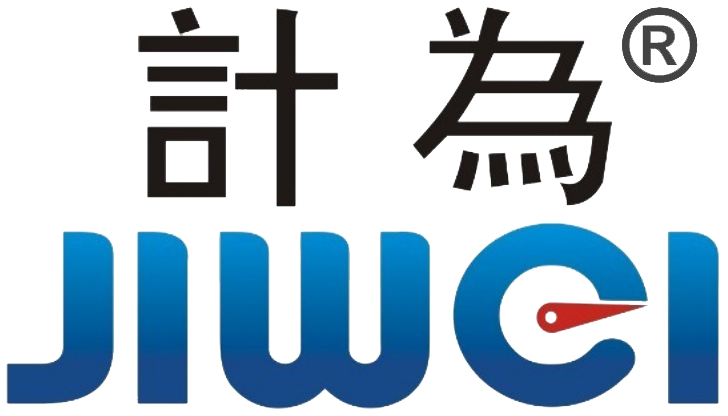Radar Level Transmitters: Reliable Measurement in Any Condition
Radar level transmitter technology delivers precise, non-contact level measurement in even the most extreme industrial environments. Its high accuracy, resistance to harsh conditions, and compatibility with modern control systems make it the preferred solution across industries such as chemical processing, food and beverage, wastewater, and mining.
In this article, we explore the working principle of radar level transmitters, the advantages they bring to process control, and how the JWrada series by Jiwei meets the challenges of real-world applications.

How Radar Level Transmitters Work
Radar level transmitters emit high-frequency electromagnetic waves toward the surface of the material to be measured. The waves reflect back to the sensor, and the transmitter calculates the distance based on the time delay.
The JWrada series utilizes advanced 80GHz FMCW radar, allowing for a narrower beam angle, faster signal processing, and superior performance in complex tanks and silos—whether filled with liquids, slurries, or bulk solids.

Key Advantages of Radar Level Transmitters
Radar level transmitters are transforming industrial measurement with several clear benefits:
- Non-contact and hygienic: Ideal for food-grade and hazardous applications
- Highly accurate: JWrada delivers ±1mm precision even with vapor, dust, or foam
- No moving parts: Reduces failure points and lowers maintenance costs
- Reliable in extreme conditions: Handles high temperatures, pressure, and corrosive media
- Remote configuration: Bluetooth setup via Jiwei’s “Smart Control” mini-program for safer commissioning
Designed for Demanding Conditions
The JWrada radar level transmitter family is engineered to operate under tough industrial environments. Whether you face corrosive liquids, confined tank geometries, or explosive atmospheres, there is a JWrada model purpose-built for your application.
Common Use Cases Include:
| Industry | Typical Application |
|---|---|
| Chemical | Acid or solvent tanks |
| Food & Beverage | Milk, syrup, and edible oil vessels |
| Wastewater | Sludge pits and open tanks |
| Mining & Cement | Ash hoppers and crushed ore bins |
| Energy | Boiler water and condensate storage |
| Agriculture | Grain storage and fertilizer silos |
Each model is available with threaded, flanged, or hygienic connections, and features rugged housings rated IP67, with explosion-proof options where required.
Smart Integration and Safety
JWrada radar level transmitters support standard industrial outputs including 4–20mA, HART, and Modbus, ensuring seamless integration with existing control systems. Safety is built into every model, and compliance with global explosion-proof standards.

The intuitive Bluetooth-based setup via Jiwei’s “Smart Control” mobile app allows for touch-free configuration, improving worker safety during commissioning and maintenance.
Take the Next Step
Whether you’re monitoring corrosive chemicals, food-grade fluids, or bulk solids, Jiwei’s JWrada series provides the performance and reliability your operation demands.

Frequently Asked Questions (FAQ)
What is a radar level transmitter?
A radar level transmitter is a non-contact device that measures the distance to the surface of a material—typically liquids or solids—using microwave radar signals. The measurement is used to determine the material level in a tank or silo.
How does the JWrada differ from traditional models?
The JWrada series by Jiwei features 80GHz FMCW radar for tighter beam angles, better resolution, and more accurate readings in narrow or complex tank geometries. It also supports wireless Bluetooth configuration via Jiwei’s mini-program “Smart Control”.
Can radar level meters measure solids?
Yes. JWrada radar level meters can measure solids such as grains, powders, and ash. Their high-frequency radar ensures precise readings even in dusty environments or when the material surface is uneven.
Are Jiwei radar level transmitters suitable for hygienic applications?
Absolutely. The JWrada series includes models with hygienic design and materials such as 316L stainless steel, suitable for food and beverage, dairy, and pharmaceutical applications.
Do these transmitters support hazardous area installations?
Yes. JWrada models are available with explosion-proof certifications and comply with Ex standards, making them ideal for use in hazardous locations.
